
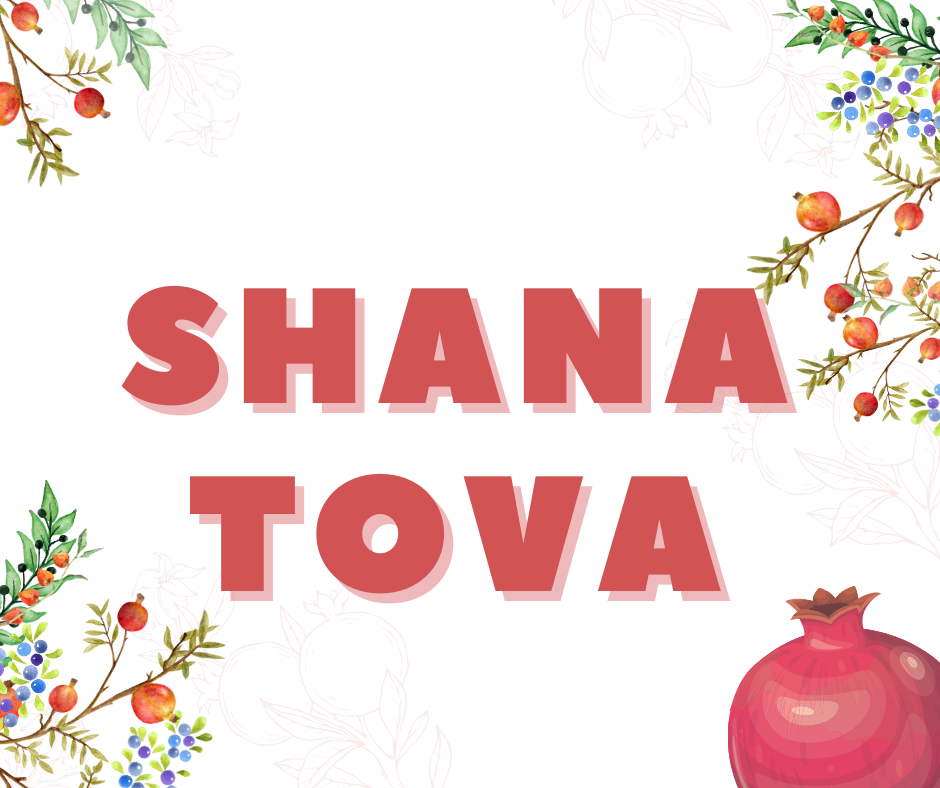
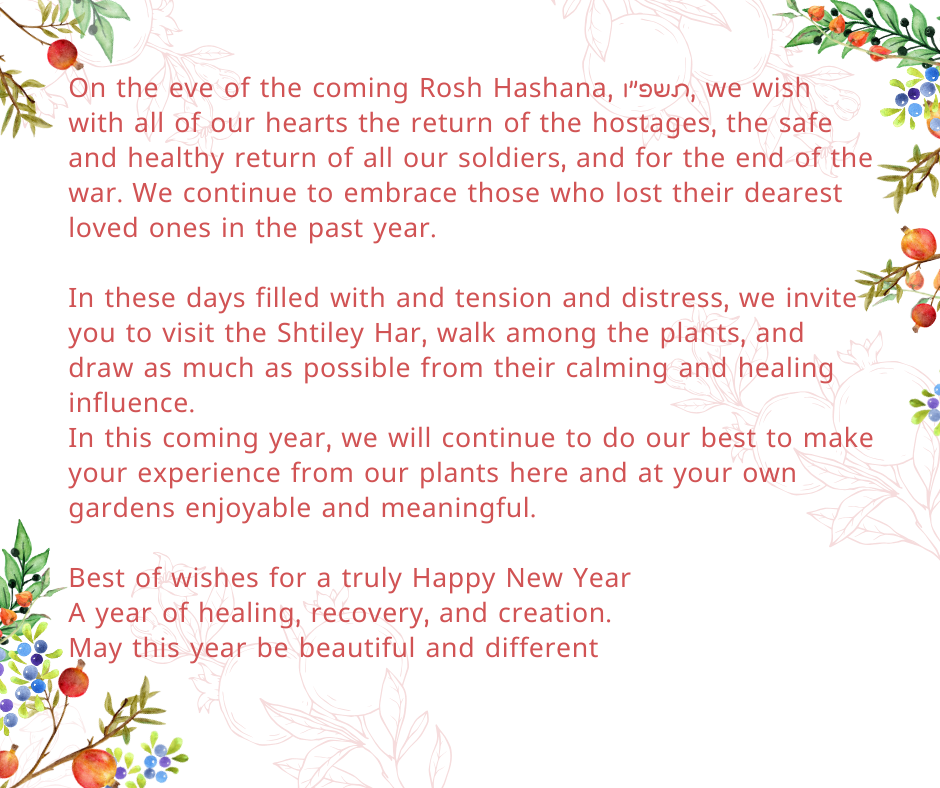

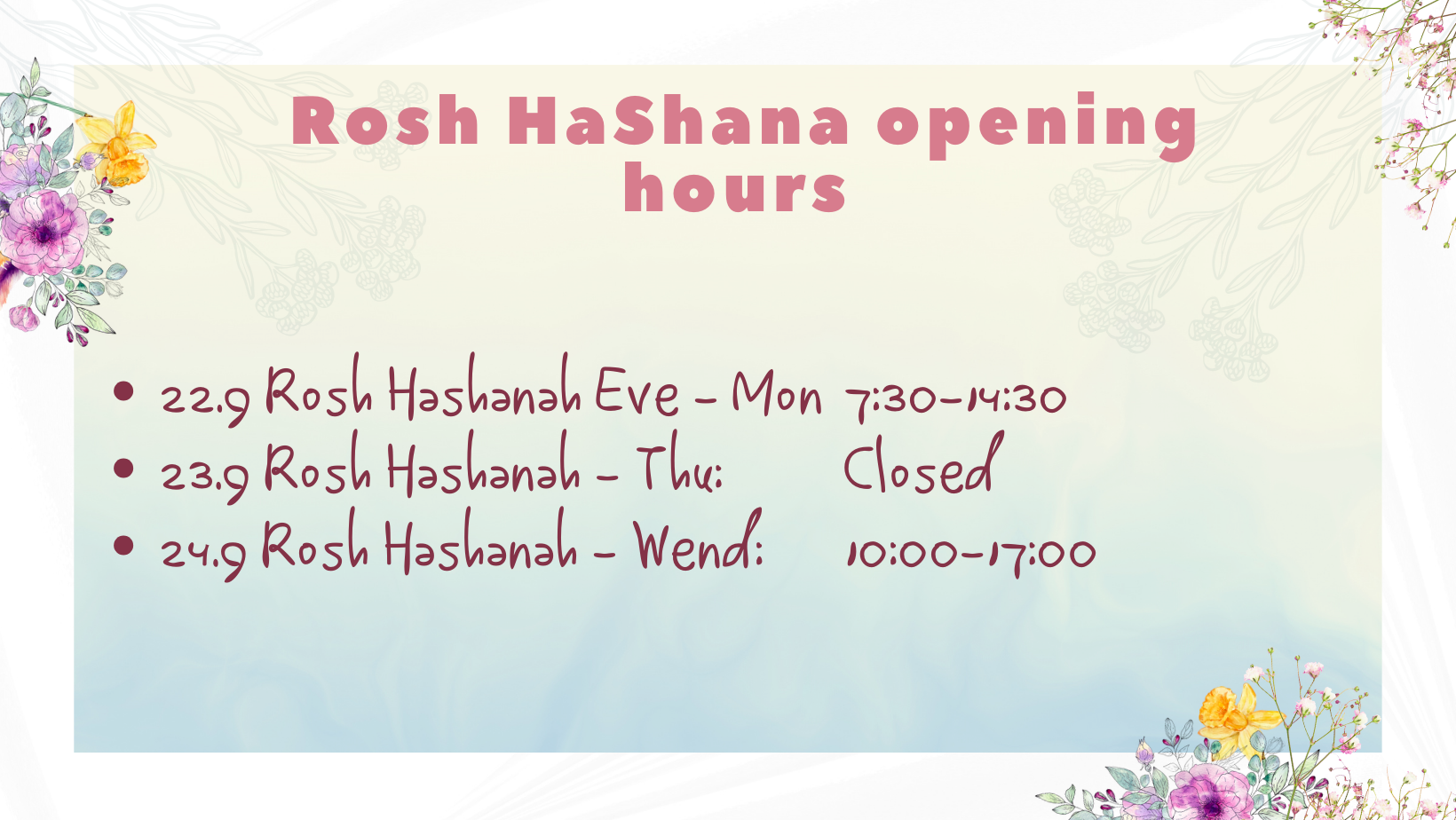

Summer pruning tip
In Mediterranean climates it is common to perform strong pruning on plants around winter when the temperatures are pleasant and the plants enter or exit winter dormancy. At the height of the hot summer it is not customary to prune plants because most of them may suffer from excessive exposure to the sun's radiation and even die as a result.
A number of fast-growing and heat-loving plants develop rapidly in our long hot summer and sometimes lose their beauty as early as July or August. These are mainly plants with full or partial dormancy in the winter that normally regenerate from the ground easily. A strong pruning at the height of summer will make them resprout as if they were in spring.
The month of September is also suitable for carrying out such pruning and within about a month you can get fresh, compact and flowering plants. Because of the summer regeneration they will also continue to thrive deep into the winter and more than plants that were not pruned. The same plants will require (certainly in the mountain area) another pruning after the winter, so we recommend two prunings per year.
:Here is a partial list of plants suitable for summer pruning
- Gaura cultivars: low pruning. Excellent and fast regeneration and compact plants instead of tall and bald at the lower part.
- Pennisetum setaceum 'Rubrum': low pruning. Regenerates into a clean, compact and bright red plant.
- Pennisetum orientale: low pruning. Blooms again about a month after pruning and looks spectacular and fresh.
- Achillea millefolium: pruning half and even more. A tired plant will easily and quickly regenerate into a fresh plant.
- Salvia coccinea : pruning half or even more. Fast regeneration and beautiful flowering.
- Greggii, Jamensis sages and their hybrids like Salvia 'Mesa Azure': pruning an upper quarter or third and fast and good regeneration.
- Sages from the Wish group: pruning the upper half and even more. At the height of summer, it is only recommended in the mountain area and for sage growing in shade or partial shade.
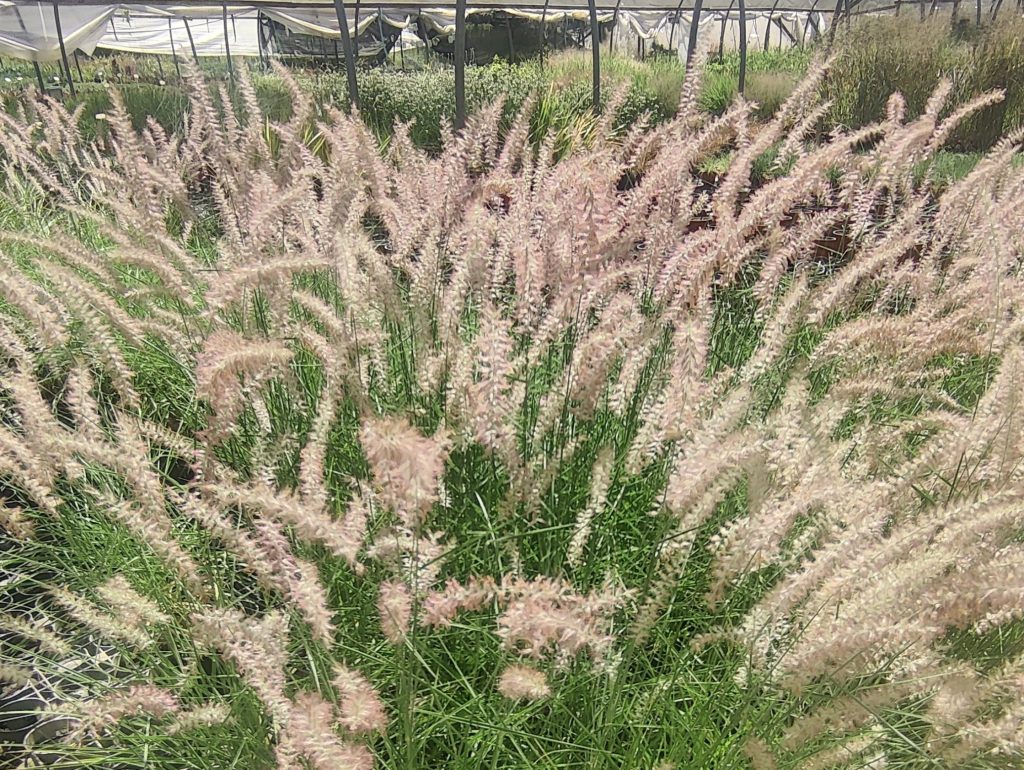
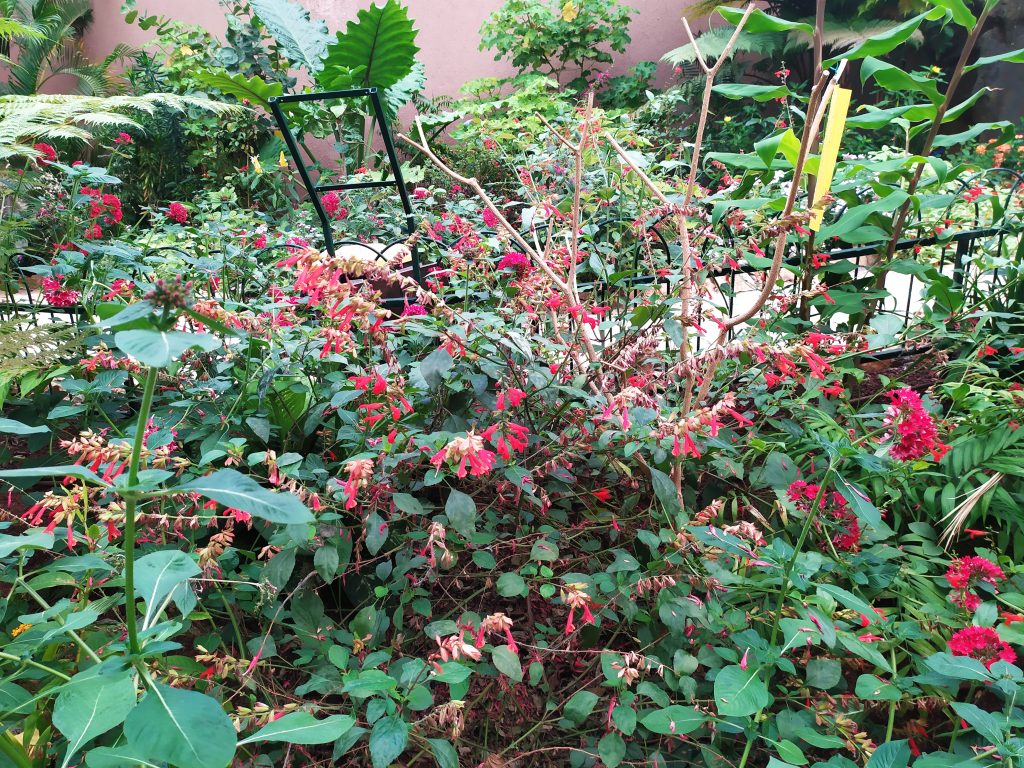
Sages from the Wish group

Hysteranthous geophytes (bulb and tuber plants)
Most of the bulb and tuber plants that we know wake up in the fall, grow leaves in the winter and bloom in the winter or spring. A few others, such as the Drimia aphylla (Hatsav, Sea Squill), Pancratium maritimum (Sea Daffodil) and several others in Israel are hysternthous geophytes, that is, they bloom in the summer or fall before the leaves emerge and regardless of the rainfall.
In most of these plants, the flower bud develops at the end of the winter growth period and waits in the soil for about 3-5 months until it emerges from the ground during the summer and autumn months from August to October-November.
The question arises, what is the advantage of investing such a great effort to bloom in a hot and dry season with little insect activity and not during the winter and spring when the plant and insects are at their peak?
It seems that by flowering in the difficult season, the Mediterranean hysternthous geophytes take advantage of an unused niche when there are very few flowers and the few active insects have difficulty finding food and are desperate for every flower.
Another advantage of summer flowering in a warm Mediterranean climate is the rapid formation of seeds and their dispersal at the beginning of the rainy season, so that the seeds do not need to survive the entire summer, but are created in the fall and germinate almost immediately with the first rains at the beginning of winter – this is exactly what the Sea Squills and Sea Daffodils do.
IInterestingly, among the hysteranthous geophytes there are those that bloom in summer and fall, but their fruits ripen only in spring (Sternbergia clusiana – Chelmonit) and do not take advantage of the optimal growing season in winter, which is immediately after flowering.
This can, perhaps, be explained by the evolution of these plants, which came from a climate with a very cold winter, where the early formation of seeds is a disadvantage rather than an advantage, because in such a winter germination is not possible and any rare piece of food may be eaten by animals.
For their significant flowering effort, the hysteranthous geophytes grow relatively large bulbs, which can support the intense flowering in a difficult season. The age of first flowering from germination is also long and is usually about 5-10 years.
In addition, it is important to know that most of these bulbs do not bloom consecutively year after year because the flowering effort is too great.
In a clump of Hatsav, for example, a few bulbs will bloom every year, but most of the bulbs will be resting between blooms or during division into two daughter bulbs.
During September we will receive a large selection of winter bulbs, including some local hysteranthous bulbs and also the beautiful South African Belladonna Lily, which also precedes flowering to leaves (but prefers a little watering in the summer as well).
With these bulbs it is recommended to arrive early at the nursery and plant early. If you choose a large enough bulb, which has not yet flowered, chances are you will get some flowering immediately after planting.
During September, the Rhodophiala (Oxblood Lily), which comes from a quite similar climate, also blooms with its beautiful red flowers.
!This is a good time to come to the nursery and refresh your garden with interesting plants
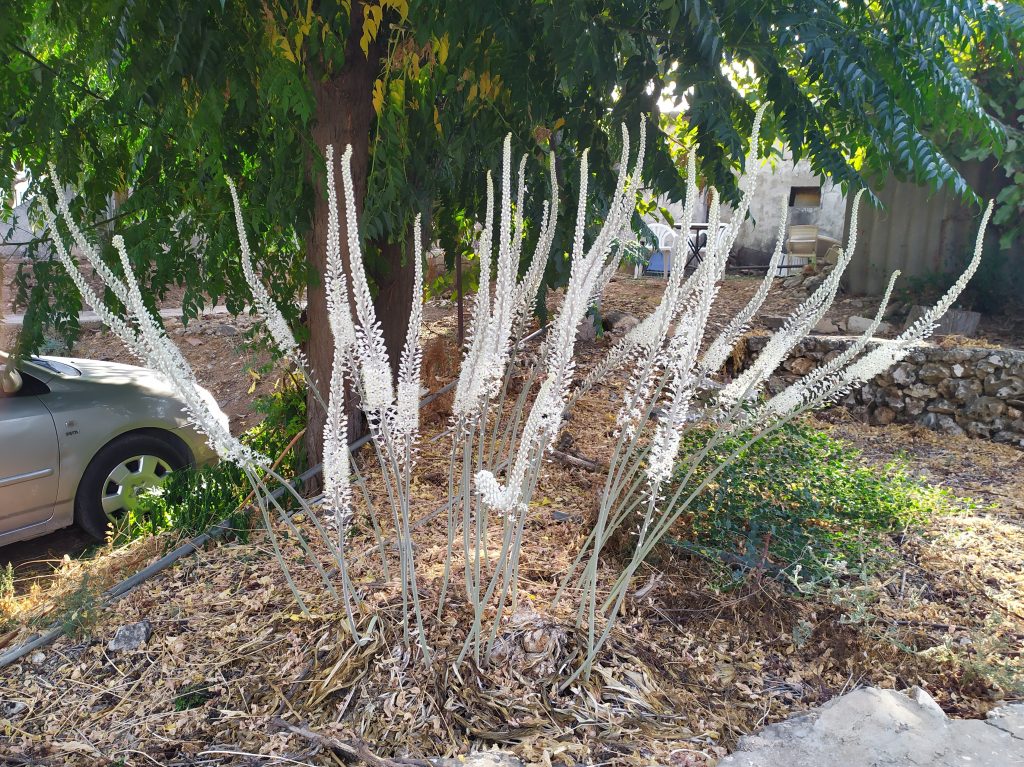
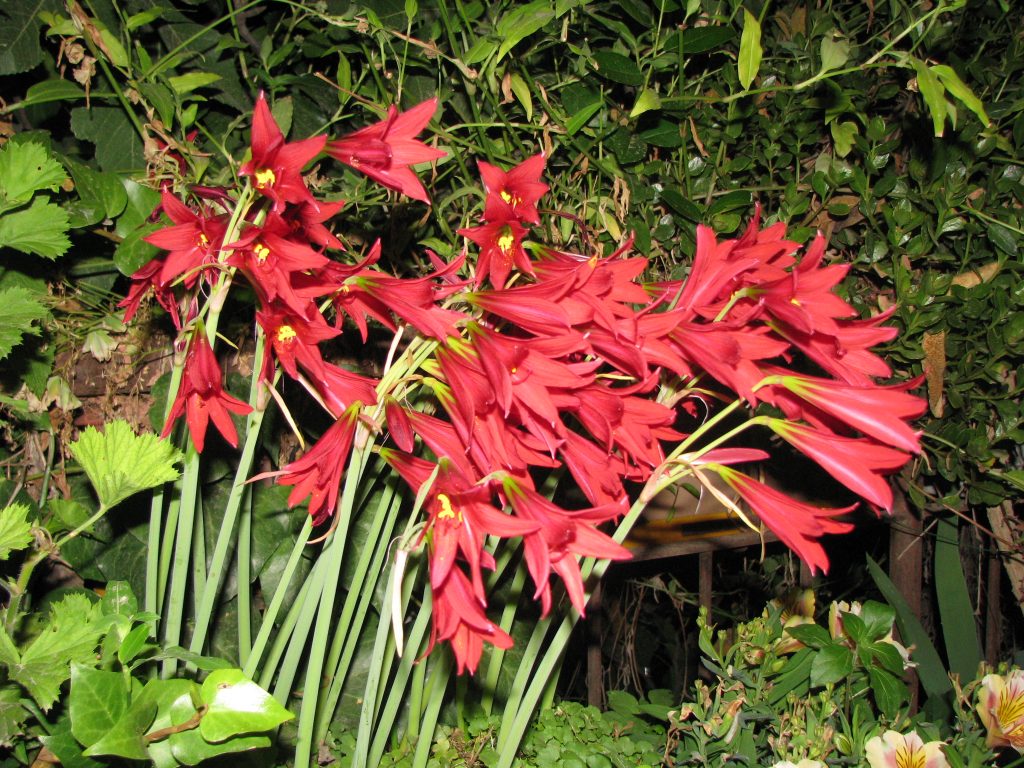
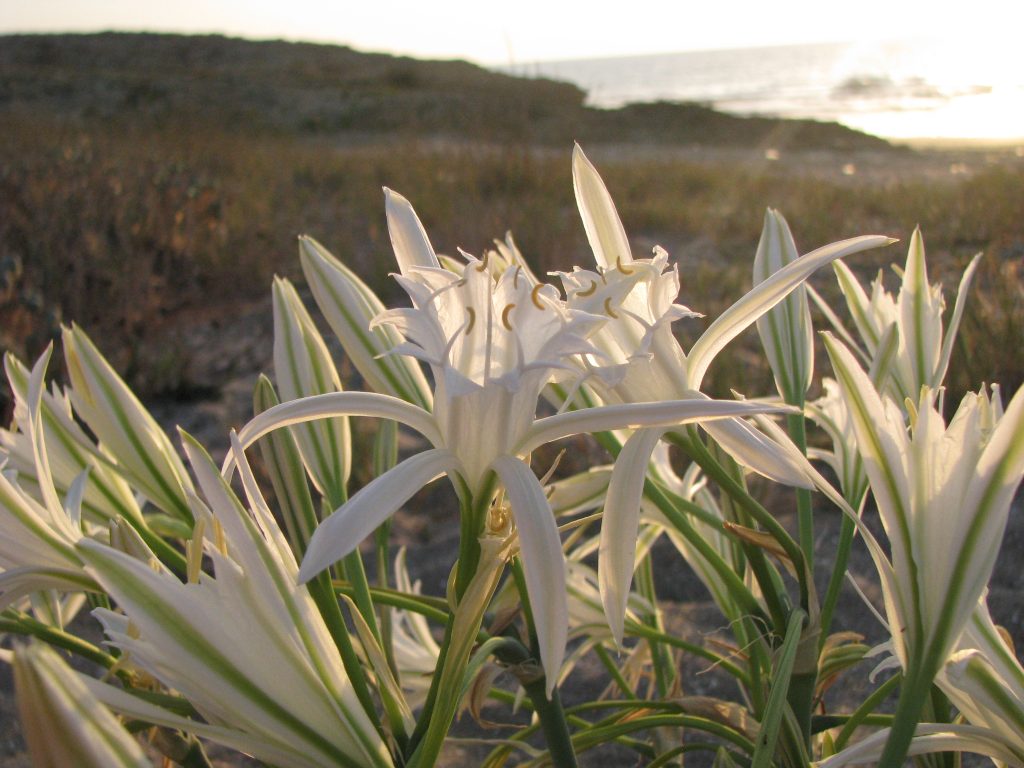
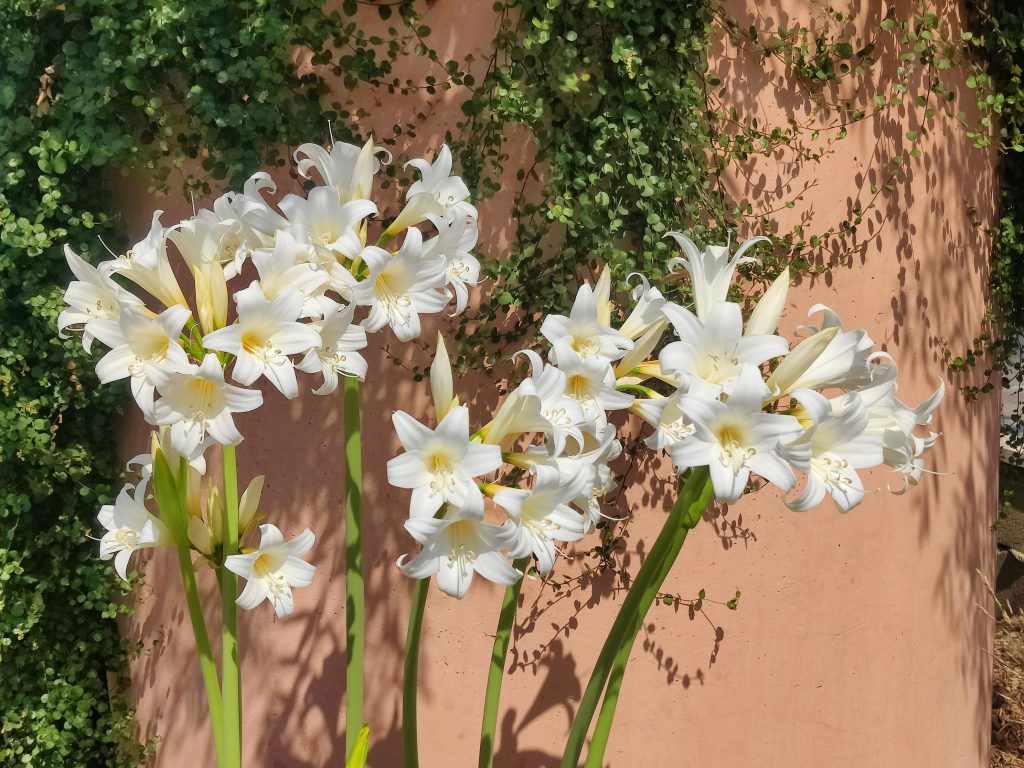
ניתן לצפות בסרטונים שלנו ולהתעדכן בנעשה במשתלה בעמוד הפייסבוק, באינסטגרם וגם בערוץ היוטיוב שלנו, בו יש כבר למעלה מ-100 סרטונים
